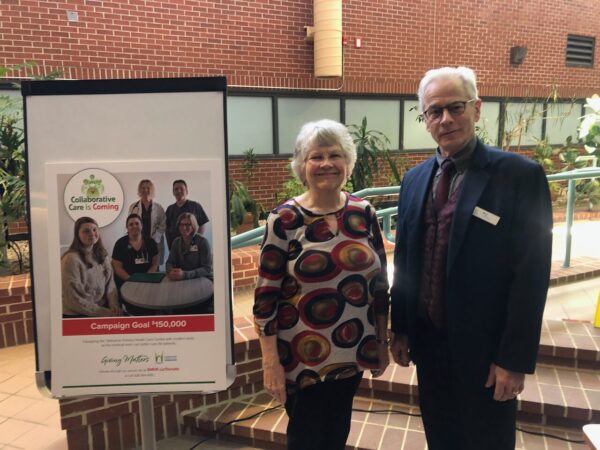
Mount Allison University astronomer Catherine Lovekin recently wrote to the US Federal Communications Commission to add her voice to those concerned for the future of astronomy, as unregulated satellite networks continue to grow exponentially in near-Earth orbit, and wreak havoc with the ability of scientists to observe the night sky.
Though they provide internet connections and soon direct cell service in rural and remote places, the reflected light from the growing number of satellites interferes with observations, and the communications coverage puts an end to radio quiet zones, making radio astronomy nearly impossible.
Lovekin says that since 2019, Elon Musk’s company Starlink has put about 7,000 satellites into orbit, and the company plans to reach over 40,000. Other companies have also proposed their own satellite constellations. “If they’re all approved, and they all go through and do what they’re planning,” says Lovekin, that “would put the number of satellites in orbit over 500,000.”
Here’s CHMA’s full interview with Lovekin, talking about the impact of unregulated satellite proliferation on astronomy, the problem of space debris, and the future of the night sky:
To see a visualization of satellites currently surrounding the planet in near-Earth orbit, check out satellitemap.space.



















